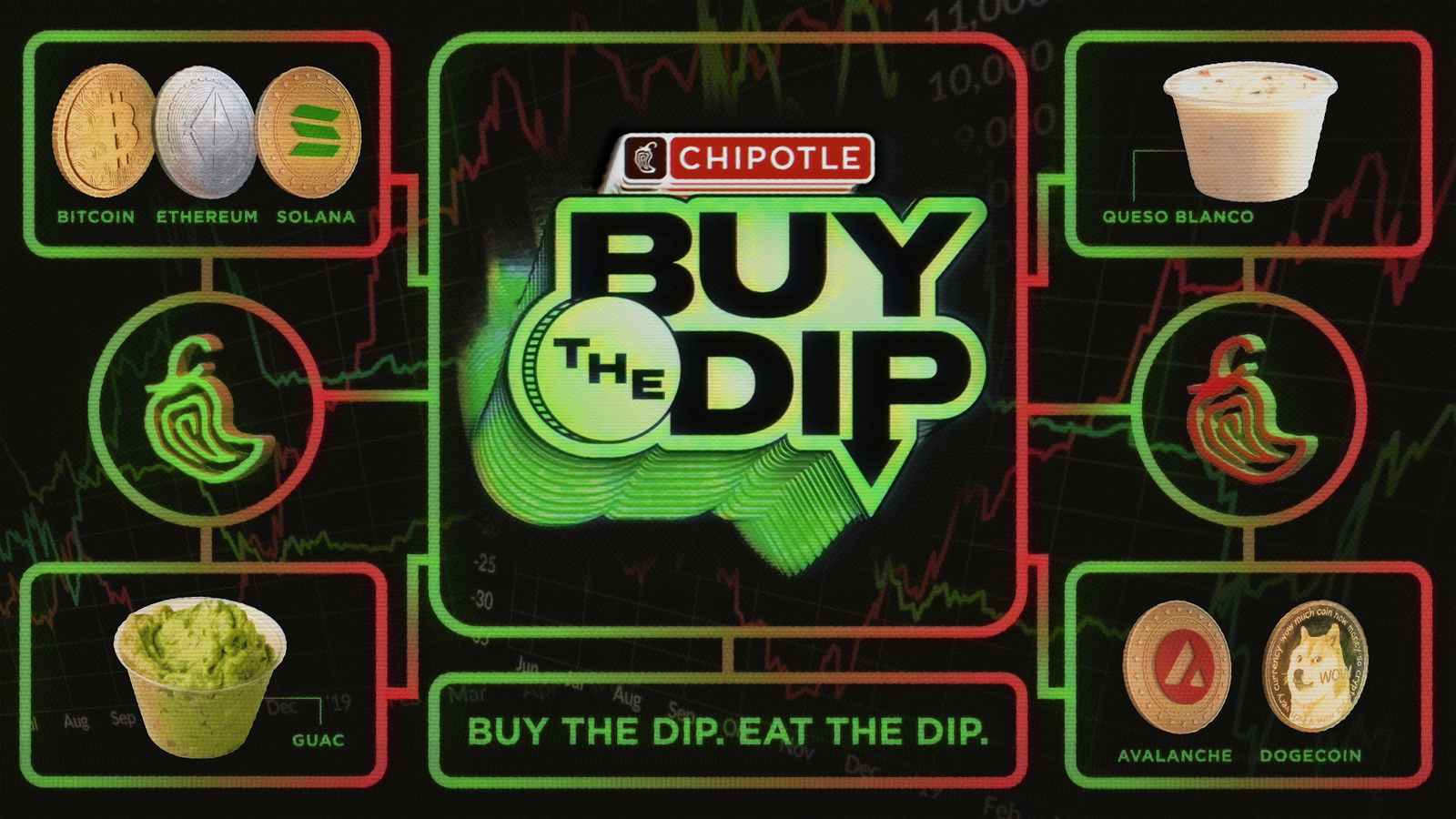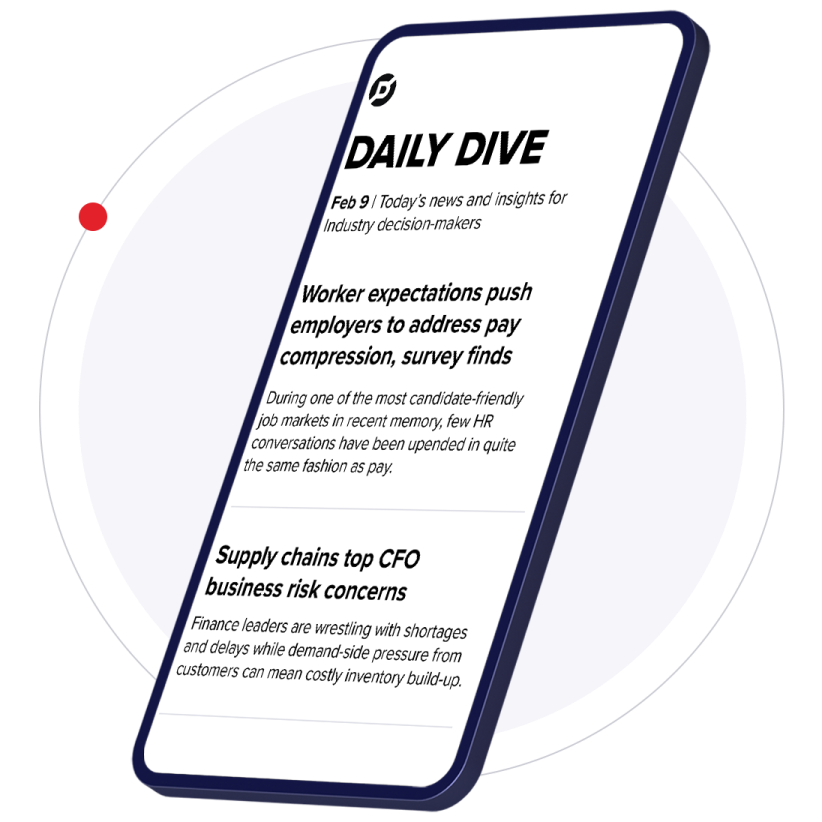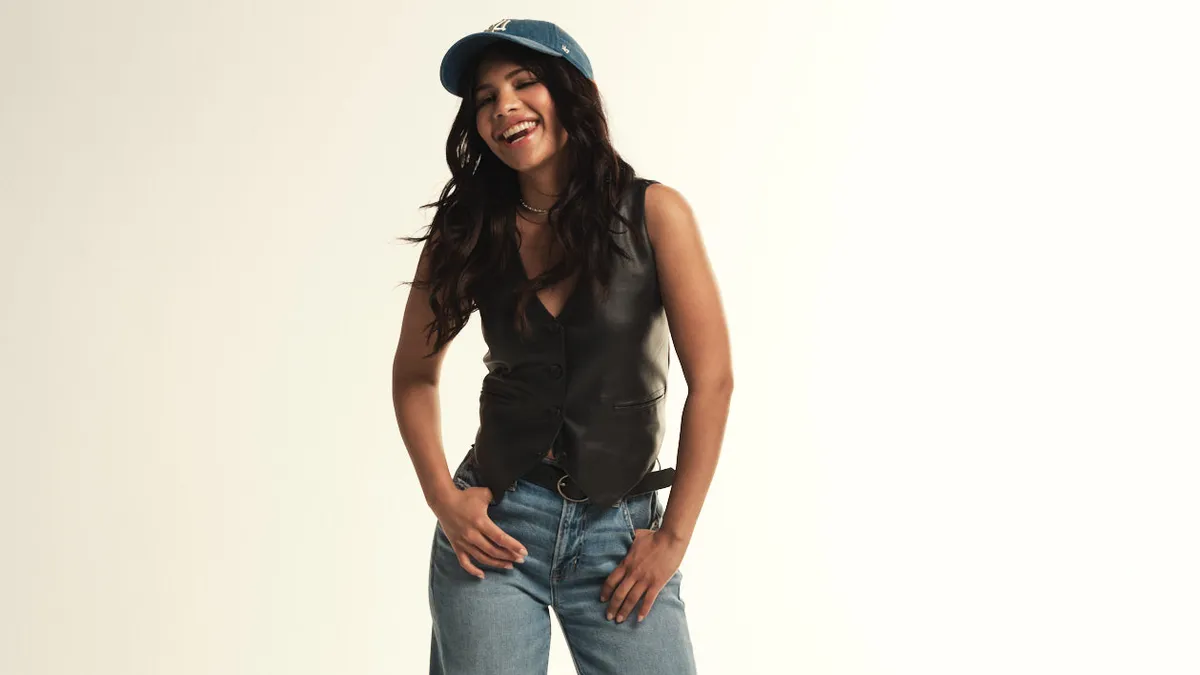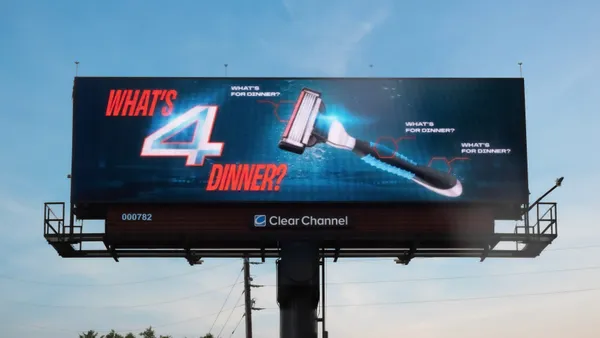Creativity faced a gauntlet of challenges in 2022, dispelling hopes for a marketing renaissance. War broke out in February, followed by a souring economy and ad market. A subsequent tech rout sent out shock waves. Emergent categories that initially stoked excitement fell silent amid a rash of controversies, leaving a marketing void. Meanwhile, a greater share of ad budgets flowed to performance channels that are efficient but don’t invite splashy ideas.
Given the comparatively dry playing field, innovation stood out. Partnerships took precedence as marketers embedded themselves into streaming platforms or sparked cultural discussions through work with cutting-edge artists. Connecting with niche fan bases could be more valuable than mass reach.
The creator economy continued to gain traction, with companies enlisting virtual spokespeople despite skepticism from consumers who put a premium on authenticity. All things virtual remained a fixation, with the metaverse and gaming guiding experiential thinking. When brands weren’t rolling the dice on the next iteration of the web, they often looked backward, playing up nostalgia for exhausted consumers.
A risk-averse environment also meant fewer high-profile failures, barring the butchered promises of crypto. Still, the year has not been light on drama. The FIFA World Cup, usually a surefire bet, reversed its alcohol policy just days before kickoff, roiling key sponsor Budweiser. Advertisers have jumped ship from Twitter as new owner Elon Musk implements his typically volatile leadership style.
As these storylines bleed into next year, Marketing Dive has assembled the standout creative work from 2022. These efforts effectively cut through this year’s noise, helping grow sales or fortify loyalty during a period of soaring inflation, consumer trepidation and media pullbacks.
McDonald’s continues collaborative hot streak
Inspired by a viral tweet reflecting on how quickly time flies by, McDonald’s in September introduced Happy Meals for adults. The campaign came to be a poster child for a period when many brands have cranked up the nostalgia factor to provide weary consumers a reprieve.
The concept was executed with Cactus Plant Flea Market, an under-the-radar streetwear brand known for its fashion-forward collaborations. The label reimagined the kiddie-focused menu offering, with evocative packaging, collectibles and merchandise drawing on the fast food giant’s mascots. Wieden + Kennedy NYC helped bring Cactus Plant Flea Market’s take on McDonaldland to life in colorful advertisements.

The idea was popular enough to reportedly put a strain on employees, and 50% of the collectibles snapped up within the first four days of launch, according to executives. The toys also fetched high prices on resale sites, signaling McDonald’s captured the hypebeast market.
McDonald’s x Cactus Plant Flea Market additionally resulted in the highest weekly digital transactions ever for the U.S. business. That builds on the Golden Arches owner’s hot streak with collaborations.
“Living in our fans’ creative universe has allowed us to pop in culture and is the secret to our success,” said Jennifer Healan, vice president of U.S. marketing, brand content and engagement at McDonald’s, over email. “Going forward, this is the kind of work you'll keep seeing from us... sharing the pen with our fans and our brand partners to make them part of our brand journey.”
Domino’s puts ‘Stranger Things’ fans in Eleven’s shoes
“Stranger Things” conquered culture earlier this year with its fourth season, which quickly rose to become the most-watched English-language series in Netflix history. With the return of the ‘80s-crazed blockbuster came a slew of brand integrations, though none stood out more than Domino’s’ partnership with the streamer.
The QSR and agency WorkInProgress in May launched a “mind-ordering” app meant to mimic the telekinetic powers of protagonist Eleven, leveraging a mix of facial- and eye-tracking technology to let customers request a pizza using gestures.
“From a tech standpoint, the most obvious challenge was combining a set of technologies that had never been paired together before,” Kate Trumbull, senior vice president of brand and product innovation at Domino’s, told Marketing Dive.
Communicating instructions, like the need to be in a well-lit environment, proved to be another complexity, but was deftly woven into the narrative. Ads featuring cast members Gaten Matarazzo and Caleb McLaughlin rounded out the storytelling, while Domino’s introduced custom pizza boxes bearing QR codes that unlocked the experience.

“The entire effort, which took place over the course of more than 12 months, required a lot of time and care, but it also helped establish a new benchmark for how we approach partnerships, and the ingredients it takes to make them a success,” said Trumbull.
The campaign generated over 820 million media impressions. Crucially for Domino’s, it performed particularly well with “Stranger Things” fanatics, per a Kantar analysis.
“It’s co-branding at its absolute best — harmonious and inventive to form something entirely new,” said Ned Brown, chief creative officer of agency Bader Rutter, over email.
Deepfaked Dolph Lundgren breaks a sweat for Old Spice
Harkening back to the ‘80s wasn’t only trending thanks to “Stranger Things.” Procter & Gamble’s Old Spice in February dropped a campaign that spoofs over-the-top action movies from the era with the help of Dolph Lundgren.
Well, sort of Dolph Lundgren. One reason the spots made an impact was their use of deepfake technology. In one commercial, a strikingly young Lundgren reaches out to save an adversary dangling from a pipe only to have buckets of sweat pour from his armpits — a sign he wasn’t using Old Spice’s new Sweat Defense Dry Spray antiperspirant. Agencies Wieden + Kennedy and Citizen assisted on the push.
Applications of deepfakes have become more common in marketing despite some concerns around the tech. Old Spice’s effort blunted the dystopian edge thanks to humor that aligns with the male grooming label’s absurdist reputation.
“Old Spice’s use of deep fake technology feels very on brand,” said Christina Falzano, managing director at Forsman & Bodenfors NY.
A 30-second cut of “Hang On” attracted a 10-second view rate and ad recall nearly two times the Old Spice benchmark, the brand told Marketing Dive. Six-second versions targeted at platforms like TikTok saw click-through rates nearly five times higher than benchmarks. The creative, which generated 778 million earned media impressions overall, also connected particularly strongly with action film fans.
“We learned a lot about how we can merge nostalgia and culture with new technology to create a completely unique experience for our audience that also feels very familiar at the same time,” Matt Krehbiel, vice president of Old Spice, told Marketing Dive over email.
Chipotle joins crypto craze with stock market simulator
Consumer interest in digital currencies continued to inform marketing this year. But what was once a crypto craze fell not-so-gently back to earth with the industry seeing its value plummet.
Amid early signs of a “crypto winter,” Chipotle unveiled an interactive stock-market simulation game. “Buy the Dip” saw the franchise taking advantage of the decline while punning on menu offerings like guacamole and queso blanco.
Launched in July for a limited time, the game let rewards members watch a fictitious crypto tracker move through highs and lows. Players were encouraged to “buy the dip,” or invest when the asset price dropped, in hopes of it rising again for the chance to win crypto. Chipotle committed to awarding over 500 people a combined total of $200,000.

For six days straight, Chipotle gave $10,000 worth of Bitcoin, $5,000 in Ethereum, $1,250 in Solana and $3,000 each in Avalanche and Dogecoin. On the seventh and final day, the brand bumped its prize totals across several of the currencies.
The aptly timed simulator arrived during a low point for crypto but came and went before an apocalyptic downfall that saw major players like FTX crumble. The effort represents one of many innovative tactics boosting the QSR’s loyalty program, which has reached 28 million U.S. members.
“Buy the Dip underscored our leadership position in the Web3 space by driving positive brand media coverage and more than one million gameplays,” said Tressie Lieberman, vice president of digital marketing and off-premise for Chipotle, in an email to Marketing Dive. “We also saw a 35% week-over-week increase in Chipotle Rewards member enrollments while the campaign was live.”
Kellogg’s Tony the Tiger becomes a VTuber
Gaming continues to gain favor among younger consumers, with over half of Gen Z reporting that video games help them feel connected to others. Already having explored other digital fronts, Kellogg’s Frosted Flakes made an entrance into the gaming universe by transforming brand mascot Tony the Tiger into a computer-generated streamer, otherwise known as a VTuber.

For Tony’s streaming debut, Frosted Flakes struck a first-of-its-kind partnership with Twitch’s Brand Partnership Studio. The two collaborated on a event in August that saw the mascot play a popular battle royale game with streamers Brennon “GoldGlove” O’Neill, Chrissy Costanza and Jakeem “BigCheese” Johnson. During the livestream, viewers could chat with each other and participate in polls.
The activation allowed the brand to tap into Twitch’s robust creator community, with VTubing-related content increasing 467% year-over-year in 2021. The Amazon-owned platform also sees over 31 million daily active visitors on average, solidifying its relevance for Frosted Flakes, which has prioritized digital experiences to reach young consumers.
“As Kellogg’s Frosted Flakes’ and Tony's first time on Twitch, we were able to engage thousands of new people who tuned into the stream and interacted with Tony in-real time, as well as reach fans who were able to catch the highlights from Tony’s Twitch debut afterward,” said Sadie Garcia, director of brand marketing at Kellogg All Family Cereal, in an email to Marketing Dive.
Lexus uses ‘relentless optimism’ to target diverse audiences
Lexus in October debuted a campaign titled “Never Lose Your Edge” that tapped into growing interest around diverse representation. Thorough market research informed a message that would resonate both broadly and with target audiences spanning Black, Hispanic, Asian and LGBTQ+ demographics, among others. One of the key findings was a theme of “relentless optimism,” which served as the throughline for the work.
To communicate its message, Lexus pulled inspiration from “The Wizard of Oz,” but took a different spin on the classic by begging the question of what would happen if the Yellow Brick Road was skipped in favor of another path. The effort featured six spots: One for the general market, and five that each targeted a specific demographic.
In the general market spot, “Unfollow,” a family drives the latest RX down a modernized Yellow Brick Road when the driver abruptly chooses to take a new route that brings them to a magical environment leading to the Emerald City. A more targeted effort, “See The Future,” depicts former Miss Great Britain Preeti Desai, the first woman of Indian descent to hold the title, reimagining a sherwani and sari created by designer Bibhu Mohapatra. The campaign also has out-of-home activations and media partnerships.
“What I’m most proud of is how strongly the work hangs together, regardless of the audience that it’s intended for,” Lisa McQueen, media manager for Lexus, previously told Marketing Dive. “The fact that all of the work as a collective pays off on the idea of never losing your edge while really showcasing our new RX is thrilling.”
Heineken addresses work/life imbalance
Heineken championed a healthier work/life balance this year with a bottle opener that shut down laptops. Known as “The Closer,” the connected device uses Bluetooth technology to close work apps and let consumers kick back and focus on beer.
Publicis Worldwide was lead agency on the campaign, which was accompanied by a film showing people overburdened with work who are quickly able to log off by opening a bottle of Heineken. The idea came about after research found employees have increased their work day by 2.5 hours during the COVID-19 pandemic, which can lead to negative health effects.
The bottle opener served as a witty commentary on life as pandemic restrictions eased along with connecting with consumers on the issues that matter to them.
“I love the idea of going all-in on positioning Heineken as the ‘after work’ beer coupled with the statistics about how remote workers actually end up working longer hours — wonderfully smart,” wrote Betsy Jemas, executive creative director at Organic, over email. “While the gadget itself is gimmicky, it’s not really about the bottle opener. It’s a creative way to make an earned media splash and almost announce this new positioning.”
Walmart gets a ‘case of the Mondays’
Like many marketers, Walmart looked to pop culture touchstones to entice frugal consumers for the holidays. To promote its seasonal deals, the retailer enlisted the cast of the 1999 film “Office Space” which popularized the term “a case of the Mondays.” The phrase matched with the big-box store’s focus on Monday as a sales window in a bid for differentiation from the usual Black Friday rush.
The campaign leaned into several trends. It was nostalgia-driven while reflecting current consumer attitudes toward workplace culture. Movements such as the Great Resignation and “quiet quitting” have given “Office Space” renewed relevance, including a resurgence for “a case of the Mondays” in memes. Many consumers have also come to be dissatisfied with Black Friday. Some retailers, such as REI, have even vowed to close their stores on the day.
While no future plans involving the “Office Space” concept are in the works, it has been extremely successful, according to Nikki Baker, co-chief creative officer at Fallon. Baker, who worked on the effort, said it was designed as a YouTube masthead series that evolved into a full-fledged media push featuring Sunday and Monday night football buys.
“The overall reaction in the social sphere has been incredibly positive and the business results are also headed in the right direction,” said Baker over email. “I always say, sometimes people do work for ad juries and sometimes people do work for their parents to see on TV and go — hey that’s a good commercial. I think this campaign might do both of those things.”
Doritos’ triangle-inspired scavenger hunt
As the world reopens, scavenger hunts have become a common tool for marketers to take advantage of a desire to get back outside. Frito-Lay’s brand Doritos sent consumers on the hunt for iconic triangle-shaped buildings, such as a pyramid-shaped Bass Pro Shop, in August. Using a Snapchat augmented reality (AR) lens, called The Triangle Tracker, participants were able to turn everyday triangle shapes into Doritos with the potential to win prizes, including $250,000.

Doritos’ scavenger hunt proved indicative of a larger trend in hybrid activations. Budweiser sent soccer fans on a QR code scavenger hunt in honor of the FIFA World Cup later in the fall while Pabst Blue Ribbon put adults on an Easter egg hunt with kegs painted to look like eggs. Scavenger hunts aren’t new, but that doesn’t mean they can’t be creative, according to Stephen Niedzwiecki, co-founder and chief creative officer at Yard NYC.
For Doritos, a true multichannel approach and the promise of adventure ended up being a powerful hook. Additional components included a custom Doritos Triangle Island in Fortnite.
“From building takeovers in New York, Memphis and Atlanta to transforming triangles into Doritos through AR, we made triangles synonymous with Doritos chips,” said Stacy Taffet, senior vice president of brand marketing at Frito-Lay North America, in an email. “Over 4 million fans answered this call by scanning the triangles around them and elevating their everyday lives to Another Level.”
























